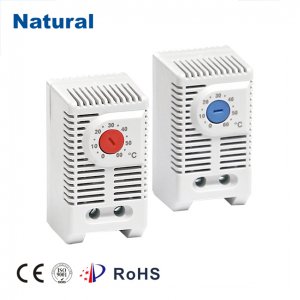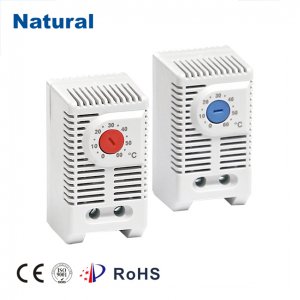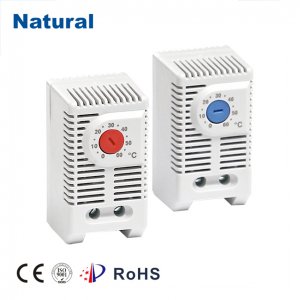A differential thermostat is an essential device widely used in various heating, ventilation, and air conditioning (HVAC) systems, as well as in industrial processes. It functions by comparing the temperature of a particular space or medium to a predetermined set point, allowing for precise control over heating and cooling systems. This article explores the principles, components, and applications of differential thermostats, highlighting their significance in modern temperature regulation.

Principles of Operation

At its core, a differential thermostat operates on the principle of temperature differential. Unlike a standard thermostat, which typically activates or deactivates a system based solely on a single temperature threshold, a differential thermostat measures two distinct temperature points. It compares the actual temperature of the controlled environment to that of a reference point, ensuring that the difference between the two remains within a specified range. When the temperature difference exceeds the set limit, the differential thermostat signals the HVAC system or other connected equipment to take action—either to heat or cool the space. This capability allows for more responsive and efficient temperature control, reducing energy consumption and enhancing comfort.
